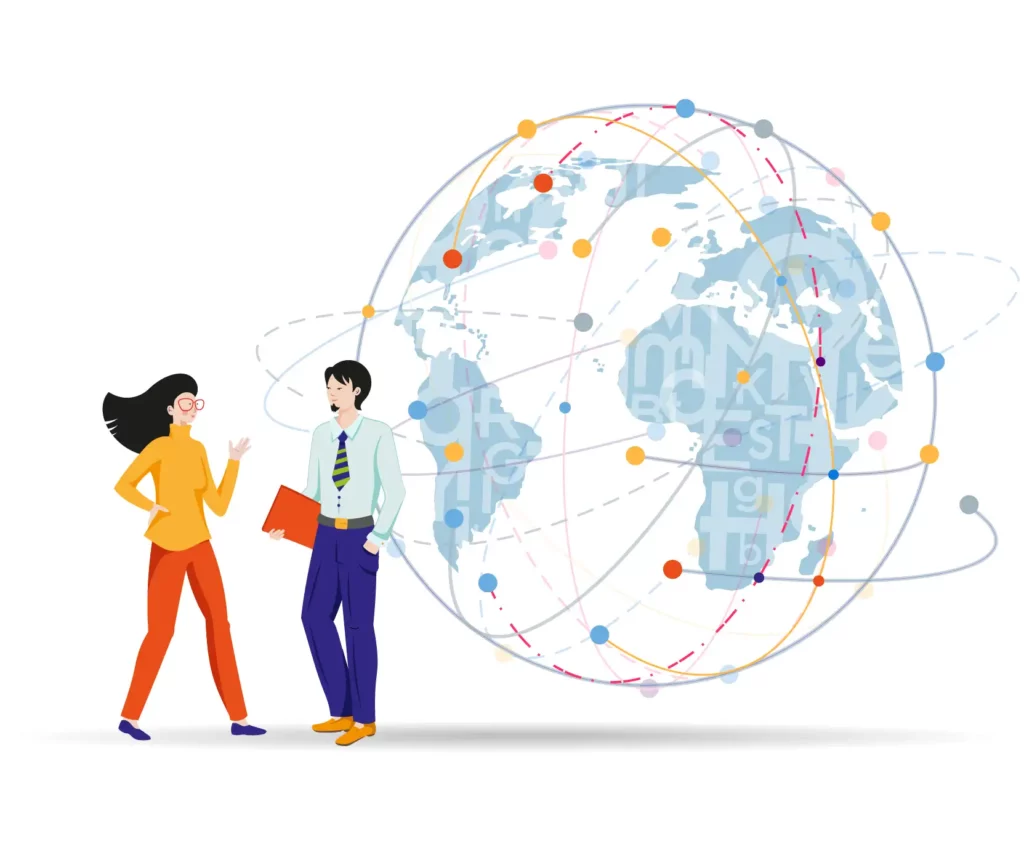In translations for international markets, especially technical, medical-scientific, and patent translations, editing and proofreading are crucial steps in ensuring the quality of service of any language service provider. Both are aimed at proofreading and checking by professional translators at times after the first translation into the target language, and are often confused by laypeople, even though they have substantial differences.
Editing a translation: what does it involve
The editing or cross-checking service differs from proofreading in that it is concerned with all stylistic aspects of the translated text, analyzing its writing quality from the point of view of usability and fluency. It is entrusted to a native speaker who uses his or her skills to ensure content that is perfectly readable, well-articulated, not contrived or meager so as to be blatantly the product of translation, and above all modulated to a register consistent with the context, culture and target audience of the document, as fluent as if it had been written directly in the target language. In this respect, one can speak of true “localization” of content, as one goes about refining a formally correct translation with the nuances of meaning peculiar to a specific language and culture.
Editing a translation is done on a bilingual document and is completed with the original text opposite, so as to facilitate verification of the translated text against the original intentions and meanings expressed by the source language.
When the editor deems a translation stylistically improvable, he or she inserts his or her comments in the margin of the text to give the author a way to evaluate them, accepting his or her suggestions or proposing alternatives.
At the normative level (quality standard ISO 17100:2015) this phase of language revision is precisely described in fact as “bilingual analysis of the content of the target language text, carried out by comparing it with that in the source language to determine its suitability for the agreed purpose.” In contrast, when we talk about post-editing in translation agencies, we often refer to the human intervention of revising the text created by a machine translation tool, which, however sophisticated, cannot have the final quality of work proper to a competent professional.
Proofreading of the translated text
Using a definition borrowed from scientific terminology-particularly molecular biology for certain procedures and checks on DNA, in professional translation, the proofreader is the reviewer who has specific focus on proofreading, that is, on checking syntactic, spelling, and grammatical aspects of the translated text and correct use of specialized vocabulary, looking for typos and errors that may have escaped the author and editor even after the most careful checking. In other words, proofreading refers to the proofreading activity that takes place post-translation and before final delivery to the client.
At this stage, too, it is important to compare with the source language text in pursuit of the ultimate goal, which is to obtain a coherent and flawless text that is well-formatted and free of misprints, thus ready for publication.
The ISO 17100 standard stipulates that proofreading should always be done by a translator other than the person who did the translation, i.e., a professional who is unrelated to the first draft of the text, who has an excellent command of both the language and the specific field of operation, and who preferably resides in the country for which the translated document is intended. Proofreading and check crossing are not alternatives but are both indispensable operations to deliver a flawless and relevant translation, guaranteeing the credibility and reputation of those who will use it for their marketing and internationalization needs, especially in highly complex sectors.
Mercury Translations
At Mercury Translations over more than two decades, we have refined both quality assurance services (editing and proofreading) for our clients, with input from specialists selected for more than 50 direct language combinations and based on different areas of expertise.








